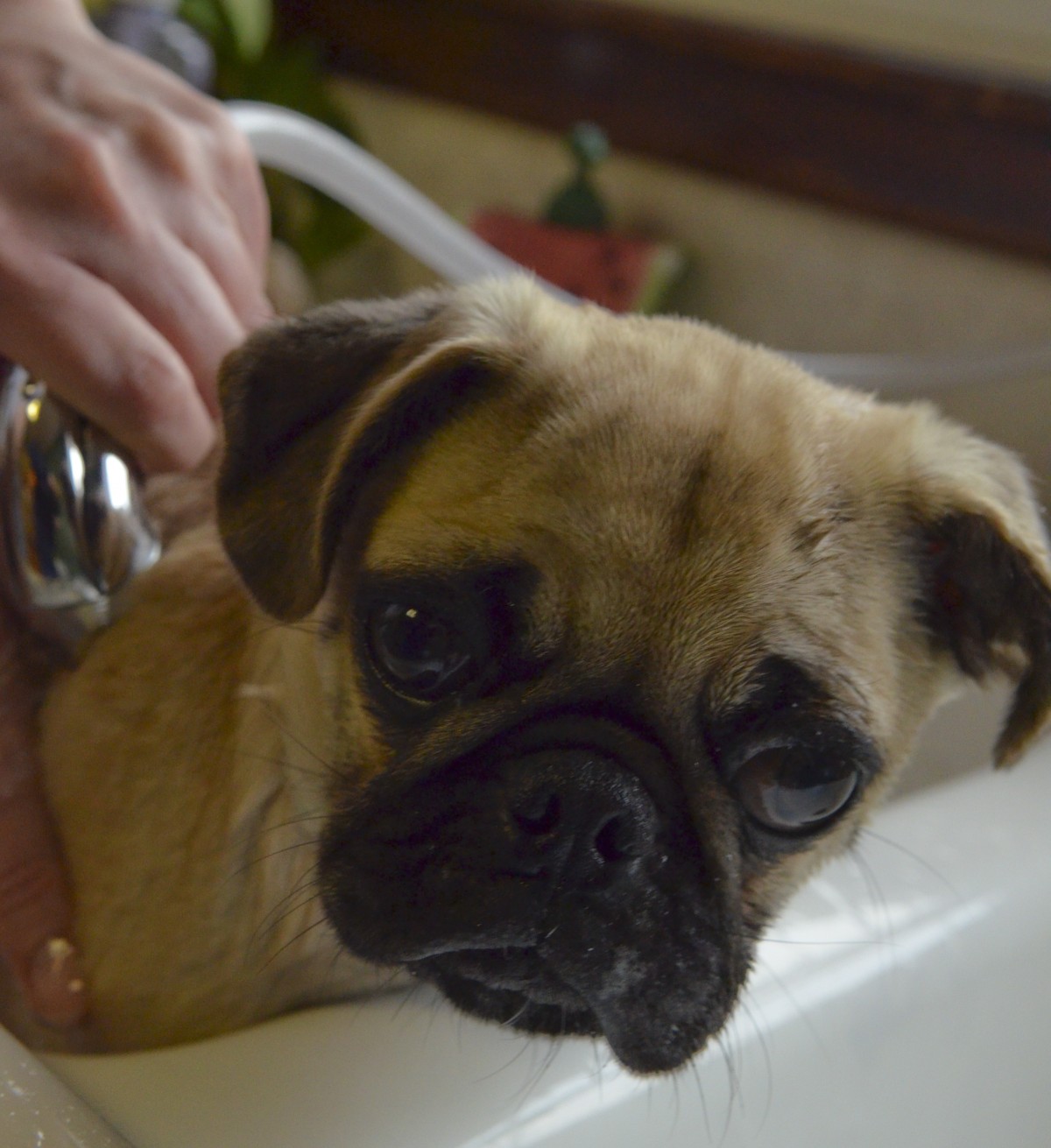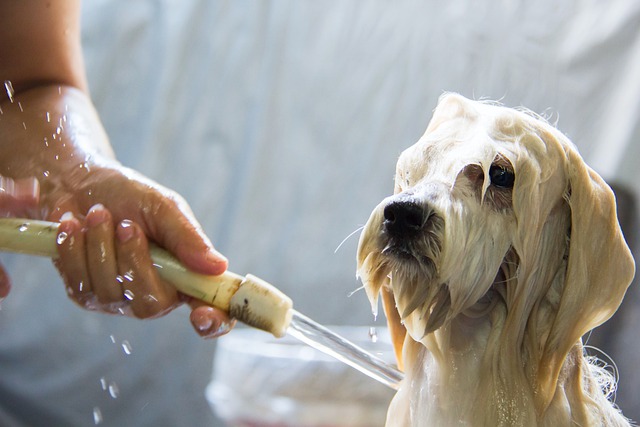
As a dog lover, one of the many joys of having a canine companion is taking care of them. Part of that care involves bathing your furry friend. Bath time isn’t just about hygiene; it’s a bonding experience that allows you to show your love and affection. In this guide, we’ll explore the best tips and techniques for bathing your beloved dog, making it an enjoyable and stress-free experience for both of you.
1. Choose the Right Location
Before you start, select the right spot for the bath. Most dogs prefer a bathroom or a utility sink, while smaller breeds can be comfortably bathed in a kitchen or laundry sink. Ensure the area is well-lit, slip-resistant, and free from distractions.
2. Gather Your Supplies
Having everything you need within arm’s reach is essential. Gather dog-friendly shampoo, a washcloth or sponge, towels, a non-slip mat, a brush or comb, and treats for positive reinforcement.
3. Brush First
Before getting your dog wet, give them a good brush. This removes loose fur and tangles, making the bathing process more effective and comfortable.
4. Use Lukewarm Water
When it’s time to wet your dog, use lukewarm water, as extreme temperatures can be uncomfortable. Test the water with your wrist to ensure it’s not too hot or cold.
5. Wet and Lather
Thoroughly wet your dog’s coat, starting from the neck and working your way down. Once they are wet, apply a small amount of dog shampoo and gently lather. Be sure to avoid getting soap in their eyes and ears.
6. Be Gentle
When it comes to washing, be gentle but thorough. Pay attention to areas that tend to get dirty, such as the paws, underbelly, and tail. Use a washcloth or sponge for sensitive areas like the face.
7. Rinse Well

Rinse your dog completely to remove all traces of shampoo. Leftover soap can cause skin irritation. Use your hands to help guide water over your dog’s body, and make sure there’s no residue.
8. Dry with Towels
Once your dog is rinsed, gently pat them dry with a clean, absorbent towel. Avoid rubbing vigorously, as this can tangle or mat the fur.
9. Avoid the Hair Dryer
While some dogs are comfortable with hair dryers, many find them intimidating. If your dog is nervous around loud noises, opt for air-drying or a low-heat setting on the dryer.
10. Positive Reinforcement
Throughout the process, use positive reinforcement. Offer treats and praise to let your dog know they’re doing well. This helps create a positive association with bath time.
11. Brush Again
After your dog is completely dry, give them another gentle brush to ensure their fur is tangle-free and looking its best.
12. Regularity
Establish a regular bathing schedule based on your dog’s breed and activity level. Some dogs need more frequent baths than others. Consult your veterinarian for guidance.
13. Special Considerations
For dogs with specific needs, such as those with skin conditions or allergies, use a hypoallergenic or medicated shampoo recommended by your vet. Always consult with a professional when dealing with special cases.
14. Professional Grooming
If you’re uncomfortable or your dog has a particularly challenging coat, consider professional grooming services. Groomers have the expertise to make the experience as stress-free as possible for your pet.
15. The After-Bath Playtime
To wrap up the bathing process on a high note, engage in some post-bath playtime or a favorite activity. This further reinforces that bath time is followed by fun, making your dog more cooperative in the future.
16. Emotional Well-being
Remember that the emotional well-being of your dog is essential during bath time. Be patient, reassuring, and calm. This will help your dog associate bath time with care, affection, and bonding.
Bathing your beloved dog should be a positive experience for both of you. With the right techniques and a bit of patience, you can make it an enjoyable and stress-free routine. It’s an opportunity to strengthen the bond between you and your furry friend while keeping them clean and healthy.





